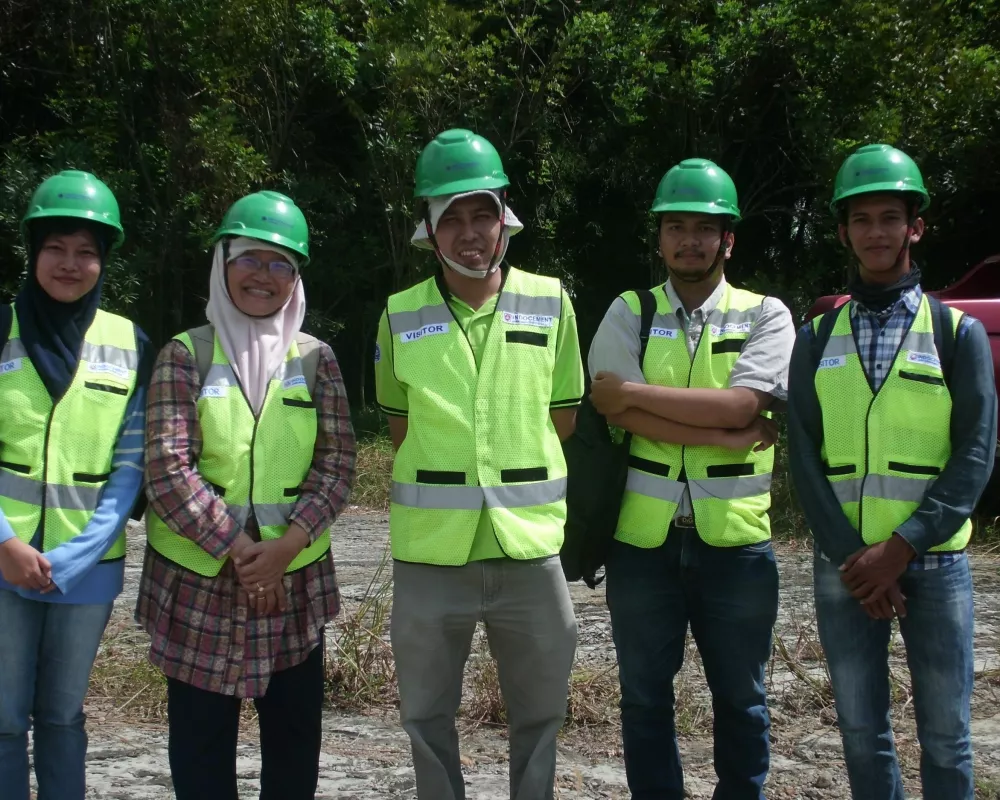Rehabilitation of Ex-Mining Area with Phytoremediation Plants and Biofertilizer Application

Phosphate (P) and potassium (K) solubilizing bacterial isolates has been isolated from soil in mining limestone Cirebon (Mubarik et al. 2014). These bacteria were selected, blended, and packaged together into biological fertilizer product. The use of biological fertilizers on seedling plants can replace synthetic chemical fertilizers. Phosphate and potassium solubilizing bacteria have the ability to produce a substance that dissolves the compound P and K bound contained in the soil, so that it becomes available to plants and can replace synthetic fertilizers (chemical) P and K. Nitrogen-fixing bacteria ( N) can reduce the use of urea fertilizer. Mined land limestone can be used as an area planting phytoremediation and binding of dust plants, such as Leucaena (Leucaena leucocephala) and Pterocarpus (Pterocarpus indicus) with applying the bacteria as biological fertilizer. Applications bacterial consortium can provide nutrients for the plants grown on the ex-mining limestone quarry and is an attempt for rehabilitation of degraded lands.



